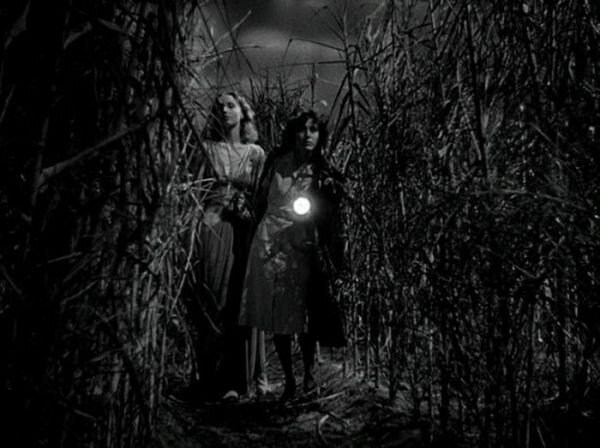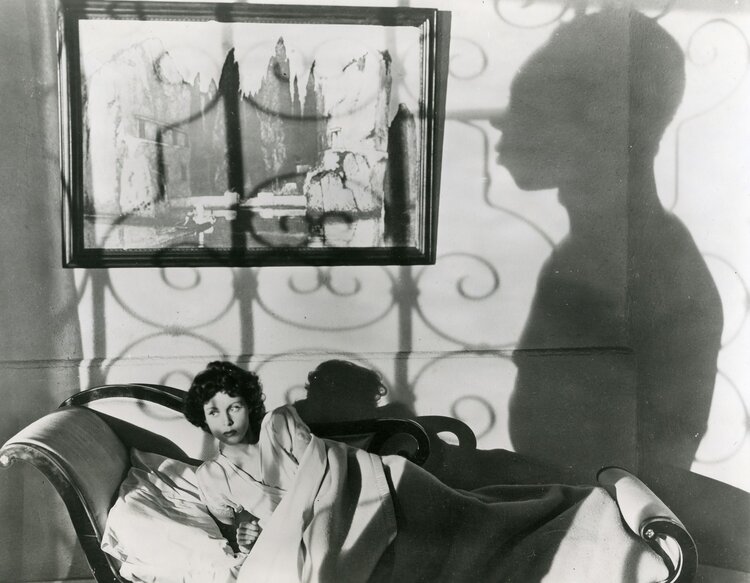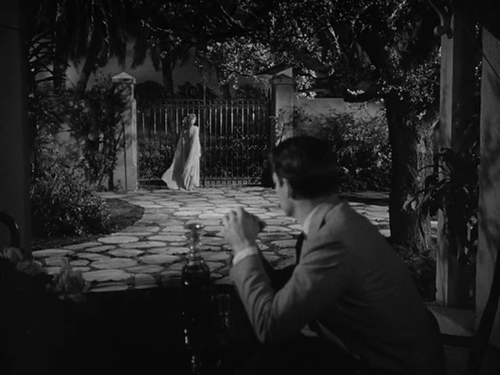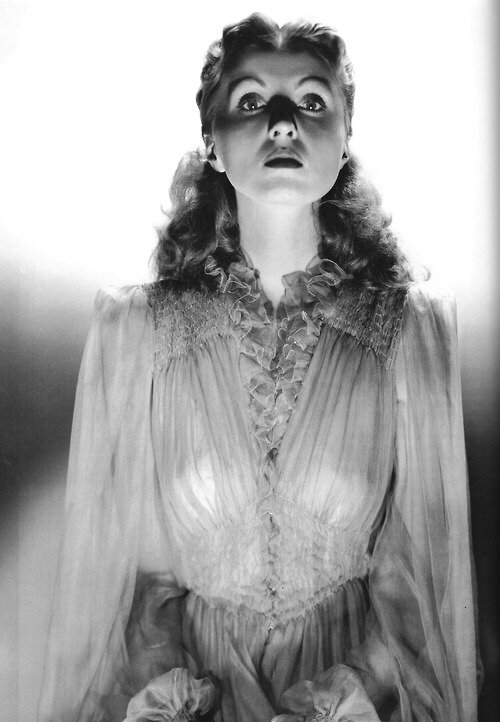When Val Lewton and Jacques Tourneur teamed up to make their second picture, the world had been at war for four years. Both men were from Europe originally, and now called America home; they felt the sting of war with a double intensity. Both were interested in exploring the underrepresented—the female mind, the indefinable realm between the natural and supernatural, and the oppressed.
Lewton and Tourneur’s sophomore project, I Walked With A Zombie, was informed by both men’s ability to delve into the depths of human psychology, fear, the unknown and discrimination. They investigated a reality that was made up of the intangible, a tenuous truth.

Of Tourneur, Martin Scorcese says: “It’s appropriate that so many of Jacques Tourneur’s movies deal with the supernatural and the paranormal, because his own touch as a filmmaker is elusive yet tangible, like the presence of a ghost—in a way, you could say that Tourneur’s touch is so refined and subtle that he haunts his films.”
The coupling of fear and desire, beauty and terror is prevalent in Tourneur’s direction style. His shots often consist of dual impressions. The opening scene is set in Canada—clean, white and properly British—yet most of the action takes place in the West Indies, shown as hot, humid, overgrown, dense, and suggesting a sense of closeness and decay.

Everyday objects take on sinister appearances, and everyday people turn out to be monsters in disguise.
“Everything seems beautiful because you don’t understand. Those flying fish – they are not leaping for joy. They’re jumping in terror. Bigger fish want to eat them. That luminous water – it takes its gleam from millions of tiny dead bodies. It’s the glitter of putrescence. There’s no beauty here – it’s death and decay. … Everything good dies here – even the stars.”

The zombie herself presents the main synthetic binary—life and death. In her zombified state, she is both alive and dead, yet she is fully neither. She still has breath and motion but she is completely devoid of emotion, personality, or recognition. Nearing the end of the film, when neither Western nor West Indian medicine has healed her, characters argue over what her state truly is.

With I Walked With a Zombie, Lewton advanced the horror genre to a questioning state. Indeed, in each instance of point-counterpoint, an assumption is turned upside down and the audience is forced to reexamine that belief.
I Walked With A Zombie deconstructed some of the most assumed binaries—life and death, slave and free, beauty and ugliness—and presented a world that existed somewhere in between.
Rent the film and watch for: A stunning walk through the cane fields at night, Gothic elements mirroring Jane Eyre, and gorgeous black-and-white cinematography.
Originally written for DVD Netflix
